Prawn feeding, breeding and nursery grounds occur in vulnerable Sundarbans region
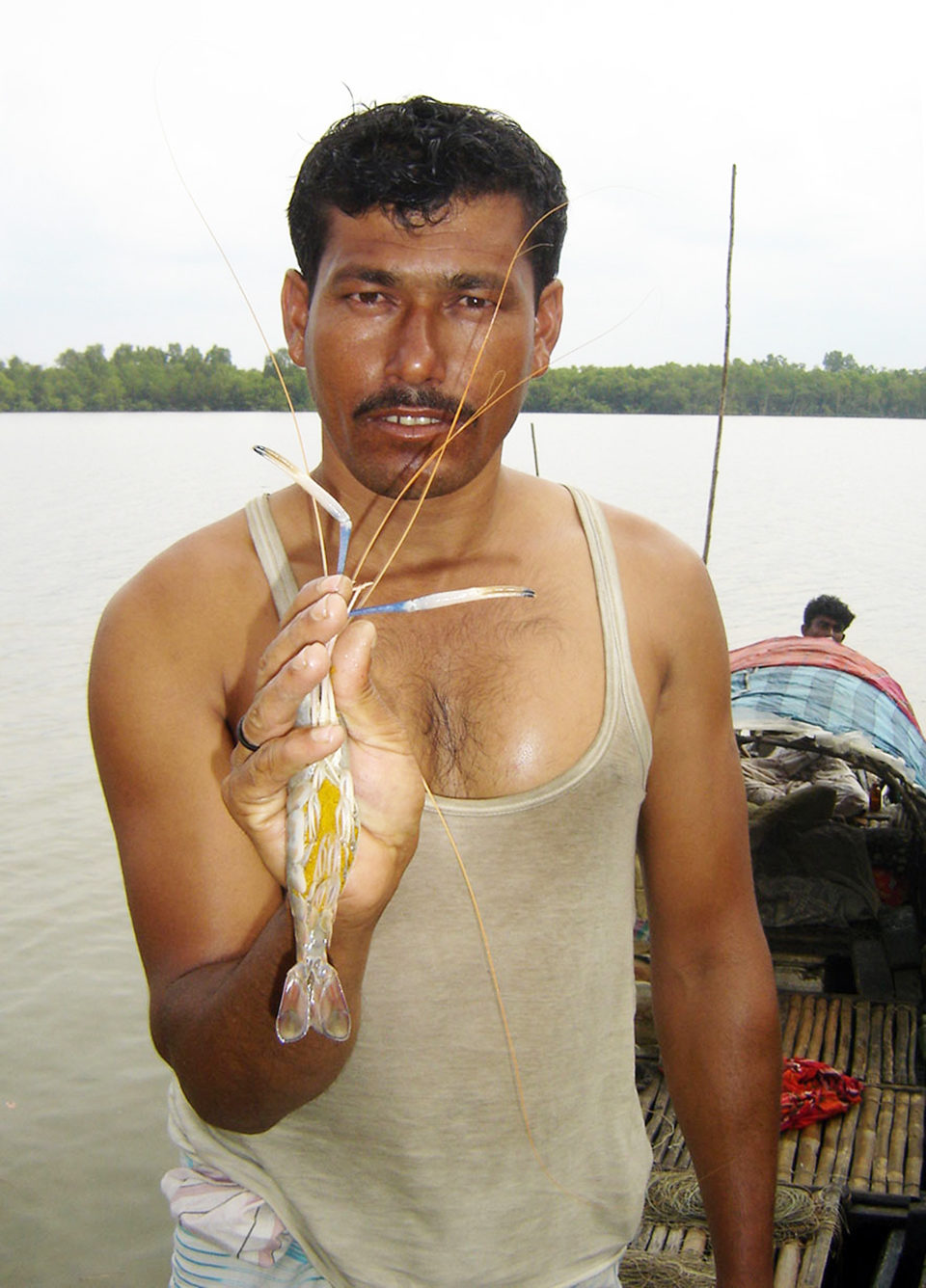
Bangladesh is one of the world’s most important countries for aquaculture and fisheries. A large segment of its population relies on fisheries and aquaculture for over 60 percent of the nation’s animal protein intake. However, these sectors are vulnerable to the impacts of climate change.
For example, the production of export-oriented freshwater prawns (Macrobrachium rosenbergii) is a key industry in Bangladesh that is vulnerable to climate change. Since the 1980s, the coastal areas extensively used for prawn farming in southwest Bangladesh’s Bagerhat, Khulna and Satkhira districts have been impacted by floods, heavy rains, droughts, cyclones and tidal surges.
Production impacts
In southwest Bangladesh, prawn culture remains largely dependent on wild postlarvae, as the area’s hatchery production is limited, and farmers consider the wild postlarvae of higher quality.
The biology and ecology of prawns are strongly linked to the salinity of water. Prawns require brackish water in the initial stages of their life cycles, and therefore are found in water that is directly or indirectly connected to the sea. Prawn postlarvae use estuaries to find shelter and food.
In southwest Bangladesh, a large number of poor coastal residents engage in fishing for prawn postlarvae near the Sundarbans. However, their catches have been declining due to increased water temperature and salinity as a result of climate change. Extreme weather events such as cyclones, floods and droughts, and rising sea levels could further change the aquatic ecosystem and increase the scarcity of wild postlarvae.
The inadequate supply of prawn postlarvae is currently the main bottleneck for prawn production and further expansion in Bangladesh. Although a prawn hatchery sector has emerged in recent years, the shortage of wild broodstock to supply the hatcheries due to increased water temperature and salinity is an ongoing concern.
Environmental impacts
During the next 50 years, temperatures in Bangladesh are predicted to increase by 1.1 degrees C during the monsoon and 1.8 degrees C during the dry season. Sea levels are predicted to rise by 50 cm. An increase in sea level of 100 cm would inundate 18 percent of the country, directly threatening 15 million people. In addition, the increased backwater and river flow could affect 80 million people.
One likely adverse impact of climate change is the loss of prawn feeding, breeding and nursery grounds in the Sundarbans. Located along the mouth of the Bay of Bengal, the 10,000-km2 Sundarbans area is one of the world’s most unique delta regions. It contains the largest mangrove forest in the world.
A 45-cm sea level rise would inundate 75 percent of the Sundarbans, and a 67-cm rise could inundate the entire ecosystem. If the Sundarbans are lost, the habitat for several valuable species, including prawns, would be lost.
Several hundred hectares of prawn farms could be flooded as a result of sea level rise. High-intensity cyclonic storm surges induced by rising sea surface temperatures would also likely have compounding effects on salinity intrusion in the prawn-farming areas in Bangladesh.
Increased salinity in inland groundwater has already been observed in recent years. Salinity ingress increases soil salinity and reduces soil fertility. It could also lead to reduced rice and freshwater fish production, and limit biodiversity and wildlife.
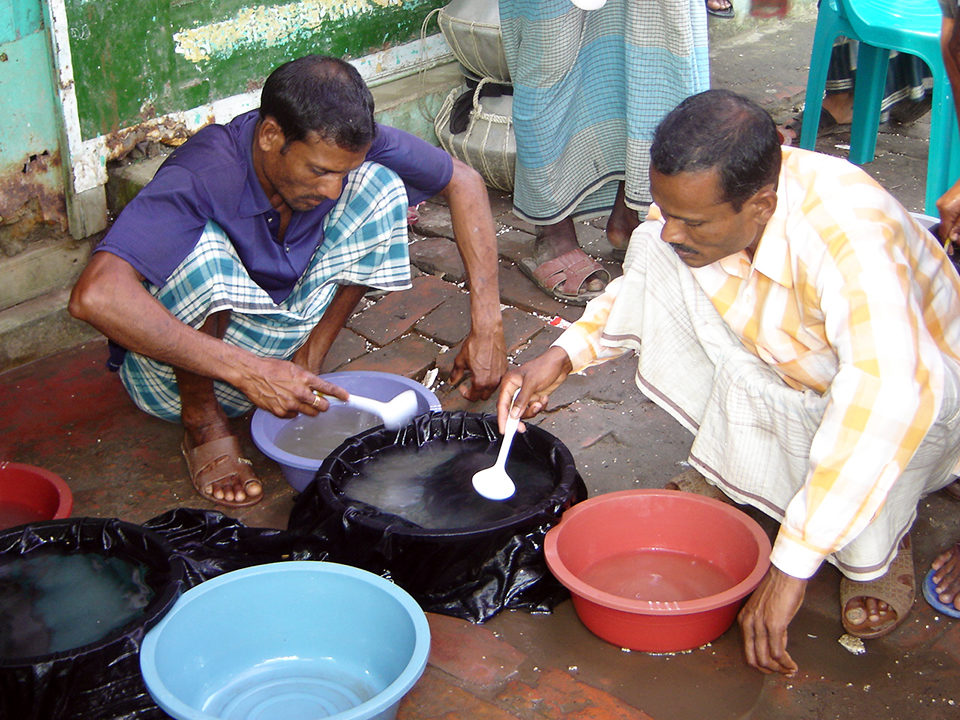
Social impacts

Prawn-farming communities in southwest Bangladesh are particularly prone to natural disasters related to climate change because of their geophysical positions and poor socioeconomic conditions. The coastal villages, where poverty is widespread and livelihood alternatives are limited, depend heavily on prawn farming. Approximately 1.2 million people are involved in prawn and shrimp production.
Coastal fishing communities face a double exposure of reduced postlarvae stocks and increased risks of coastal flooding and storm surges. The entire coastal zone in Bangladesh is prone to violent storms. Tropical cyclones originate in the deep Indian Ocean and track through the Bay of Bengal.
In November 2007, more than 8.7 million people in the coastal area of southwest Bangladesh were affected by category 4 hurricane Sidr. In May 2008, cyclone Nargis devastated coastal life in Bangladesh. In May 2009, cyclone Aila slammed into southwest Bangladesh. It is recognized that the frequency of cyclones in coastal Bangladesh has increased and affected prawn farming.
Higher population density in coastal communities increases vulnerability to climate change because more people are exposed to risk, and opportunities for migration within a country are limited. Poor prawn farmers and associated groups are often socially, economically and politically marginalized, and have worse access to health, education and other social services. Effects on coastal resources also potentially reduce food security for the poor.
Economic impacts
In Bangladesh, prawn farming is currently one of the most important sectors of the national economy. The prawn is a highly valued product for international markets, with almost all prawns exported to the United States and Europe. In the 2008-2009 fiscal year, Bangladesh exported 50,368 metric tons of prawns and shrimp valued at $404 million, of which around 30 percent was contributed by prawns.
However, if prawn production decreased due to climate change, Bangladesh would lose a significant amount of foreign currency earnings. Moreover, reduced production would affect other prawn-related activities, including hatchery operations, prawn feed industries and prawn processing.
Perspectives
Climate change presents a particular challenge to the sustainability of the prawn sector. Research in this area needs to be given particular attention, considering existing prawn-farming technology and the development of community-based adaption measures.
Despite the likelihood of further climate-related impacts to the prawn sector, there are opportunities to reduce the potential vulnerability through promoting coping strategies and improving adaptability. Integrated coastal zone management and forestation in coastal areas, for example, could reduce potential economic losses.
(Editor’s Note: This article was originally published in the November/December 2011 print edition of the Global Aquaculture Advocate.
Author
-
Nesar Ahmed, Ph.D.
Professor
Department of Fisheries Management
Bangladesh Agricultural University
Mymensingh 2202, Bangladesh
Tagged With
Related Posts
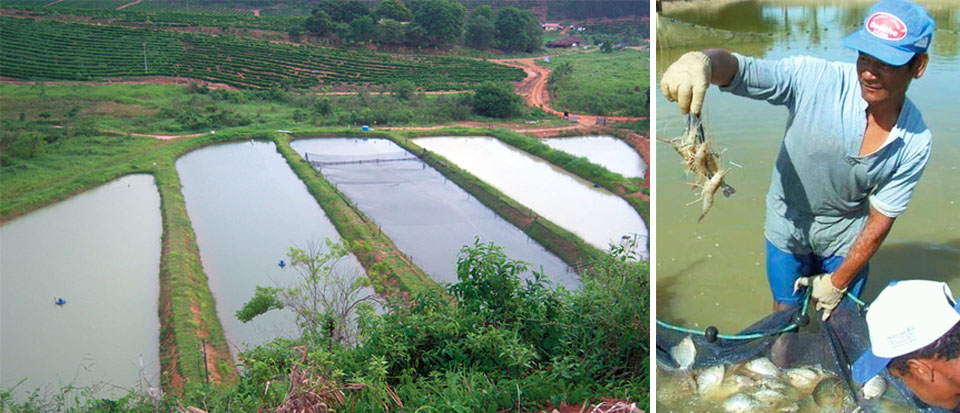
Health & Welfare
Freshwater prawn farming in Brazil
At present, Macrobrachium rosenbergii is the only shrimp species commercially farmed in Brazil. Most freshwater prawn farms are small, and prawn culture is often a secondary farming activity.
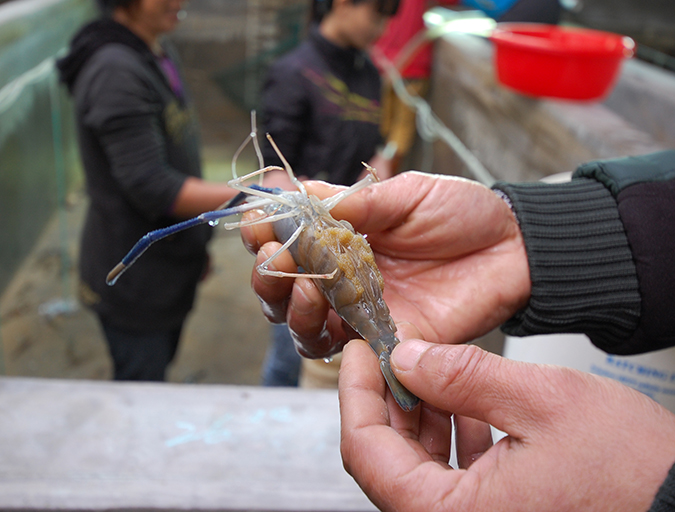
Intelligence
An inside look at Sino Agro Foods’ giant prawn MegaFarm
Sino Agro Foods has developed a proprietary recirculating aquaculture system that yields high production volumes and profitability. The facility should significantly contribute to seafood production in China and to help satisfy increasing demand for high value, safe and sustainably produced seafood.
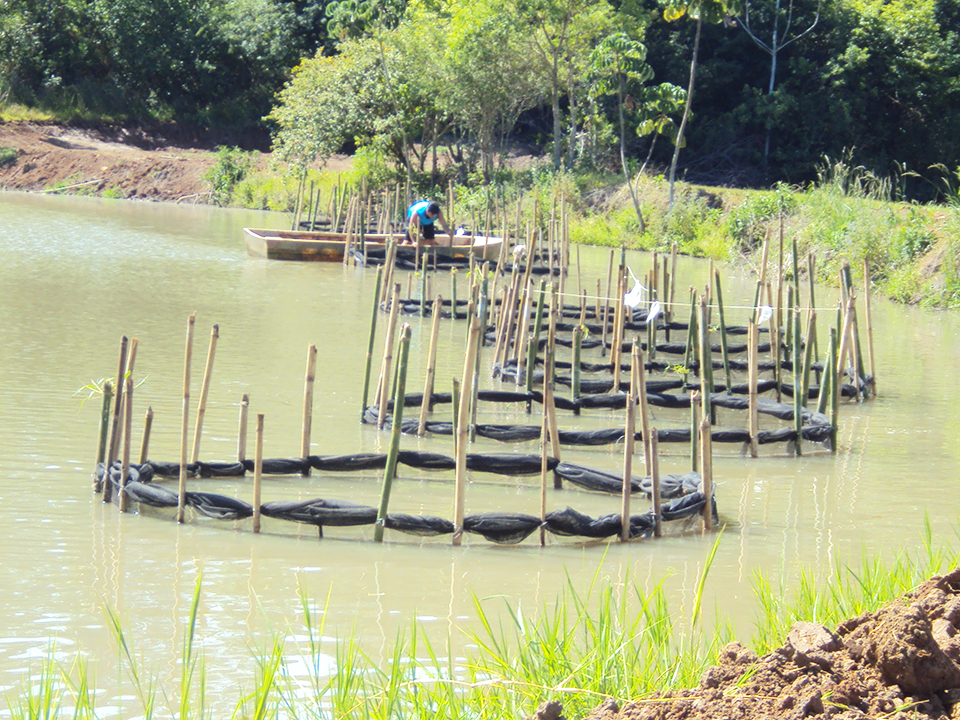
Health & Welfare
Commercial, natural feed consumption examined in Amazon River prawn study
In a 60-day study, Amazon River prawn postlarvae stocked in pens within a culture pond were given commercial feed or received no feed beyond the natural organisms in the pond.
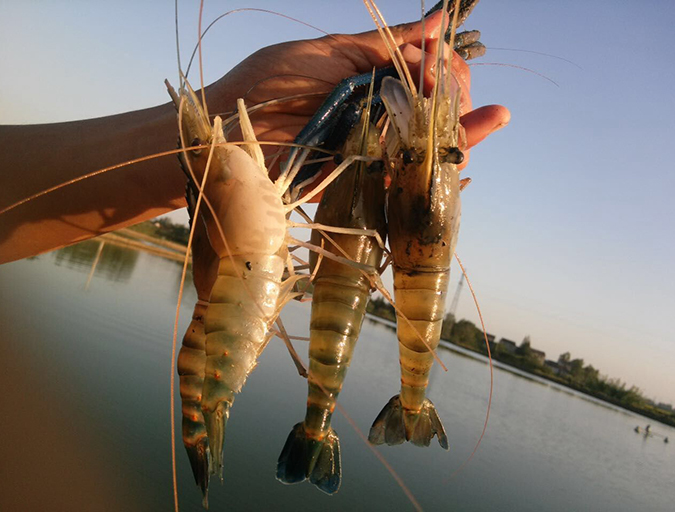
Intelligence
Culture of giant freshwater prawns in China
Farming of giant freshwater prawns is very popular in China. The Yangtze River Delta region produces more than 60 percent of the country's output. Production increases have resulted from a novel system that involves greenhouses that allow ponds to be stocked ahead by two months.


